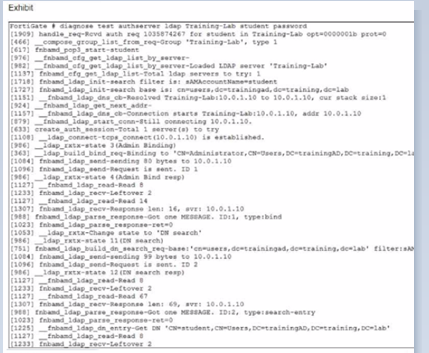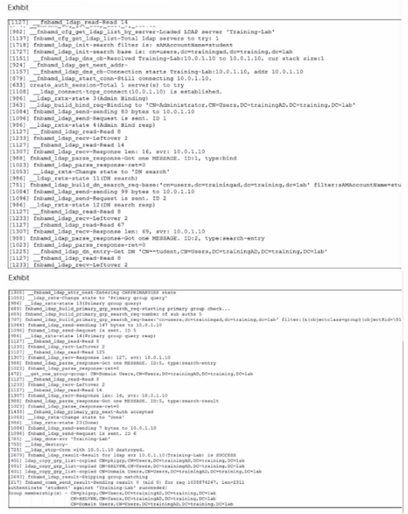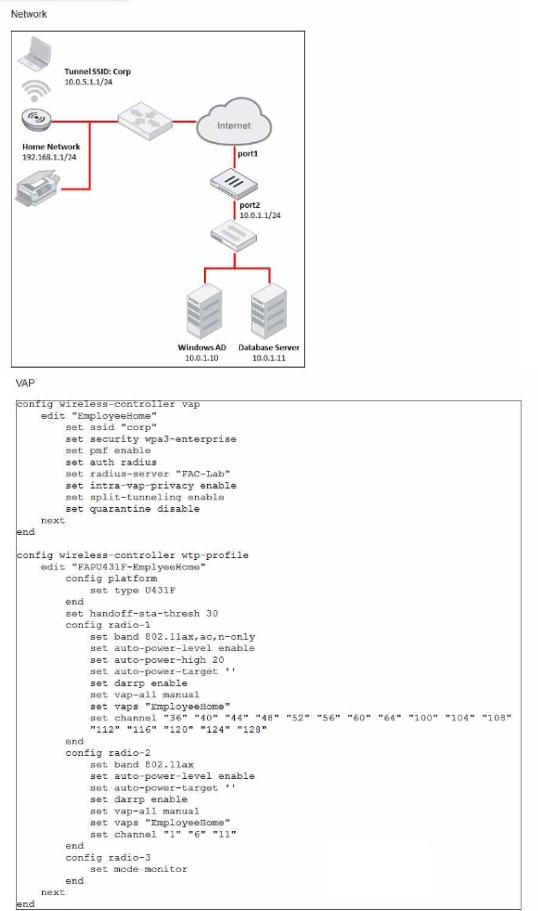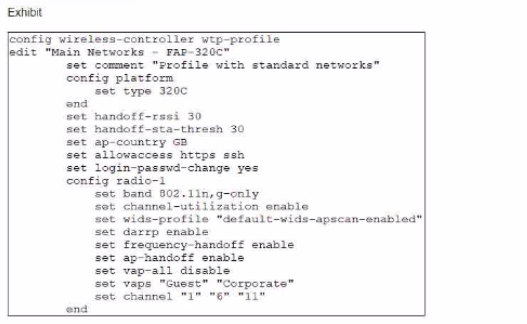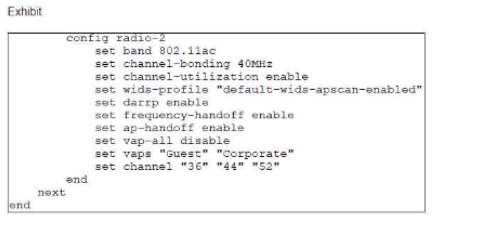Refer to the exhibit.
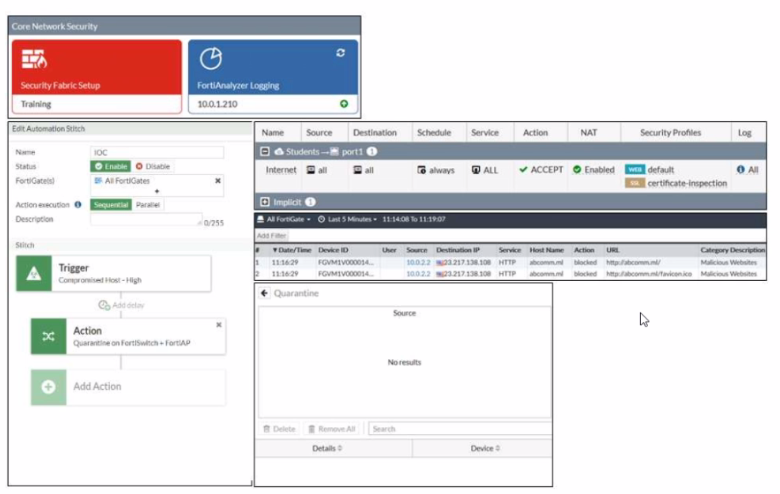
Examine the FortiGate configuration FortiAnalyzer logs and FortiGate widget shown in the exhibit
An administrator is testing the Security Fabric quarantine automation The administrator added FortiAnalyzer to the Security Fabric and configured an automation stitch to automatically quarantine compromised devices The test device (::.:.:.!) s connected to a managed Fort Switch dev :e
After trying to access a malicious website from the test device, the administrator verifies that FortiAnalyzer has a log (or the test connection However the device is not getting quarantined by FortiGate as shown in the quarantine widget
Which two scenarios are likely to cause this issue? (Choose two)
Show Answer
Hide Answer
Correct Answer:
B, D
According to the exhibits, the administrator has configured an automation stitch to automatically quarantine compromised devices based on FortiAnalyzer's threat detection services. However, according to the FortiAnalyzer logs, the test device is not detected as compromised by FortiAnalyzer, even though it tried to access a malicious website. Therefore, option B is true because FortiAnalyzer does not have a valid threat detection services license, which is required to enable the threat detection services feature. Option D is also true because FortiAnalyzer does not consider the malicious website an indicator of compromise (IOC), which is a criterion for identifying compromised devices. Option A is false because the web filtering rating service is working, as shown by the log entry that indicates that the test device accessed a URL with a category of ''Malicious Websites''. Option C is false because the device does not need to have FortiClient installed to be quarantined by FortiGate, as long as it is connected to a managed FortiSwitch device.


